Stem Cell Transplant Options for Blood Disorders in Thailand
.png)
Thailand has established itself as a global leader in medical tourism, and its capabilities in treating complex blood disorders are no exception. For patients battling life-threatening conditions like leukemia, lymphoma, or severe thalassemia, Hematopoietic Stem Cell Transplantation (HSCT) is often the only potential cure. While this procedure is standard in the US and Europe, the astronomical costs often put it out of reach for many families.
In Thailand, world-class university hospitals and JCI-accredited private centers offer these life-saving procedures for a fraction of the price. The country has a long history of success with bone marrow transplants, supported by highly trained hematologists who often carry credentials from US or UK medical boards.
In this guide, we will explore the effectiveness of treating blood disorders in Thailand, the types of stem cells used, the costs compared to other nations, and how international patients can access this high level of care.
What blood disorders can be treated with stem cells in Thailand?
Stem cell transplants, often called bone marrow transplants, are not "experimental" for these conditions; they are the standard of care. In Thailand, doctors treat Leukemia (cancer of the white blood cells) by first using chemotherapy to destroy the cancerous cells and then infusing healthy stem cells to rebuild the immune system.
Thalassemia is particularly significant in Thailand because it is a genetic disorder prevalent in the region. Thai doctors are world-renowned experts in treating this specific condition. They have pioneered techniques to cure children born with severe forms of thalassemia using stem cell transplants, freeing them from a lifetime of blood transfusions.
Other treatable conditions include Multiple Myeloma and Aplastic Anemia (bone marrow failure). The goal in all these cases is to replace the patient's diseased or damaged bone marrow with healthy, functioning stem cells.
How effective is stem cell transplant for leukemia in Thailand?
Effectiveness depends heavily on the stage of the cancer and the match of the donor. Thai hospitals report that for acute leukemia in remission, success rates are very promising. The country's top medical centers use the same international protocols (like those from the European Group for Blood and Marrow Transplantation) as hospitals in the West.
For Acute Myeloid Leukemia (AML) and Acute Lymphoblastic Leukemia (ALL), a successful transplant can result in a complete cure. "Success" here means the patient remains cancer-free for five years or more. The use of advanced supportive care—like isolation rooms with HEPA filters to prevent infection—ensures that patient survival rates during the critical recovery phase match global standards.
Thai hematologists are also skilled in "Haploidentical" transplants. This is a complex procedure where a half-matched donor (like a parent or child) is used when a perfect match cannot be found, significantly expanding the chances of finding a donor.
What is the cost of a bone marrow transplant in Thailand?
The financial difference is staggering. In the United States, the billing for a transplant often includes hundreds of line items that drive the price up to half a million dollars. In Thailand, the packages are more transparent and significantly more affordable due to lower hospital overhead and doctor fees.
An Autologous Transplant (using your own cells) is generally cheaper, often costing around $30,000 - $45,000. An Allogeneic Transplant (using a donor) is more complex and requires longer hospitalization, pushing the cost to $50,000 - $80,000. Even at the higher end, this is often 70-80% less than Western prices.
It is important to note that these costs usually cover the procedure and initial hospital stay but may not include complications or extended stay if Graft-Versus-Host Disease (GVHD) occurs.
Cost Comparison: Thailand vs. USA vs. Singapore
| Treatment Type | Thailand Cost (Avg) | USA Cost (Avg) | Singapore Cost (Avg) |
|---|---|---|---|
| Autologous Transplant | $30,000 - $45,000 | $150,000 - $250,000 | $60,000 - $90,000 |
| Allogeneic Transplant | $50,000 - $80,000 | $250,000 - $400,000+ | $100,000 - $150,000 |
| Thalassemia Transplant | $40,000 - $60,000 | $200,000+ | $80,000 - $120,000 |
What types of stem cells are used for transplants in Thailand?
The "seed" for the new immune system comes from Hematopoietic Stem Cells (HSCs). These are not the same as the mesenchymal cells used for knees or anti-aging. HSCs have the unique ability to turn into all types of blood cells: red cells, white cells, and platelets.
Peripheral Blood Stem Cells (PBSC) are the most common source today. The donor takes medication for a few days to push stem cells from the bone marrow into the bloodstream, where they are collected via a machine (apheresis) similar to dialysis. It is less invasive than harvesting directly from the hip bone.
Umbilical Cord Blood is another valuable source, especially for children or small adults. Thailand has its own public and private cord blood banks, increasing the chances of finding a match for patients of Asian descent.
Is stem cell therapy for blood disorders regulated in Thailand?
While there are many "wellness clinics" in Thailand offering unregulated stem cell shots for anti-aging, treatment for blood cancers is a completely different tier of medicine. It is performed in full-service hospitals under strict medical guidelines.
The Thai Hematology Society oversees protocols to ensure they align with global best practices. The medications used for chemotherapy and conditioning are the same FDA-approved drugs used in the US. Hospitals like Bumrungrad and Bangkok Hospital are also accredited by the Joint Commission International (JCI), which is the gold standard for hospital safety worldwide.
You can trust that a bone marrow transplant in a major Thai hospital is not a "back-alley" procedure; it is high-tech, regulated medicine.
How long is the recovery time in Thailand?
A stem cell transplant is a marathon, not a sprint. You cannot fly home a week after the procedure. The "conditioning" phase (chemo) takes about a week. After the stem cell infusion, you will spend 3-4 weeks in a sterile hospital room waiting for "engraftment"—when the new cells start working.
Once discharged, you are still very fragile. Your immune system is like a newborn baby's. You will need to stay in a clean apartment or hotel nearby for daily or weekly checkups. This period is crucial for catching early signs of Graft-Versus-Host Disease (GVHD) or infections.
Most international patients plan to stay in Bangkok for at least 100 days post-transplant before their doctor clears them to fly commercially.
What are the risks of stem cell transplant in Thailand?
The risks are inherent to the procedure itself, regardless of whether you are in Thailand or Boston. The biggest immediate risk is infection because your white blood cell count drops to zero before the new cells kick in. Thai hospitals mitigate this with strict isolation protocols and prophylactic antibiotics.
Graft-Versus-Host Disease (GVHD) is a major concern for allogeneic transplants. It can be acute (happening quickly) or chronic (lasting years). Symptoms include skin rash, liver issues, and digestive problems. Thai doctors are experienced in using immunosuppressive drugs to manage and treat GVHD.
Language barriers can be a risk in emergency situations, but top medical tourism hospitals have dedicated translators and English-speaking nurses to bridge this gap.
Can international patients get a donor match in Thailand?
Finding a donor is the biggest hurdle. If you don't have a matching sibling, doctors will search the registries. Thailand's registry is linked with global networks, meaning they can search for donors in Europe, America, or elsewhere.
However, ethnicity matters. Patients of Asian descent have a higher chance of finding a match in the Thai registry. For Caucasian or African patients, the search might rely more on international pools. Thai hospitals are experienced in the logistics of importing stem cells from donors abroad, handling the cryopreservation and transport safely.
If a full match isn't found, Thai specialists are proficient in Haploidentical transplants (half-match), allowing parents or children to serve as donors, which has revolutionized access to this cure.
Is thalassemia curable with stem cells in Thailand?
Thalassemia is very common in Southeast Asia, so Thai doctors have more experience treating it than almost anyone else in the world. Programs at Siriraj and Ramathibodi hospitals have cured thousands of children.
The cure rate is highest (over 90%) for young children who haven't yet suffered organ damage from iron overload. The procedure replaces their defective blood-producing cells with healthy ones. Once successful, the child will no longer need monthly blood transfusions or iron chelation therapy.
For adults with thalassemia, the procedure is riskier but still possible. Thai experts carefully evaluate organ function before recommending transplant for older patients.
How do I start the process for treatment in Thailand?
You don't just show up for a bone marrow transplant. The process begins months in advance. You will need to email your medical history, current blood work, and biopsy results to the hospital.
The medical team will review your case to see if you are a candidate. If you need a donor, they may ask for HLA typing (DNA matching) results for you and your siblings. Once they deem it feasible, they will provide a cost estimate and a treatment plan.
You will then arrange for a medical visa. Thai hospitals provide supporting letters to help you and your caregivers get the necessary long-stay visas for the duration of your treatment.
Does insurance cover stem cell transplant in Thailand?
If you have an international health insurance policy (like Cigna Global, Aetna International, or BUPA), HSCT is typically a covered benefit for leukemia or lymphoma because it is a standard medical treatment, not elective.
However, you must get pre-authorization. The hospital in Thailand will work with your insurance company to provide the necessary medical codes and estimated costs. Be aware that insurance might cap the coverage amount, so you may need to pay the difference if complications arise.
If you are paying out of pocket, many hospitals require a deposit (often 50-100% of the estimated package) before admission.
What is the success rate for lymphoma treatment?
For Hodgkin's and Non-Hodgkin's Lymphoma that has returned after initial treatment, an autologous stem cell transplant is often the best option. This allows doctors to give very high doses of chemotherapy to kill the cancer, using your own previously collected stem cells to rescue your bone marrow afterwards.
Thai hospitals have excellent outcomes with this "salvage" therapy. The key is the patient's overall health and how sensitive the tumor is to chemotherapy. If the cancer responds to the salvage chemo, the transplant has a very high chance of locking in that remission for the long term.
Can elderly patients get stem cell therapy for blood disorders?
In the past, patients over 55 were often told they were too old for a bone marrow transplant. Today, Thai doctors use Reduced-Intensity Conditioning (RIC). This uses lower doses of chemo and radiation, which are less toxic to the organs.
The goal of RIC isn't to kill every cancer cell directly, but to suppress the immune system enough to let the donor cells take hold. The donor cells then launch a "Graft-Versus-Tumor" effect, hunting down and killing the remaining cancer cells. This approach has successfully cured many active seniors in Thailand.
What support services are available for international patients?
Thai hospitality extends to its medical care. The international centers at hospitals like Bumrungrad are staffed by multilingual coordinators who guide you through every step. They can help you find a sterilized apartment (essential for post-transplant recovery) near the hospital.
They also assist with the emotional side, offering support groups or counseling, sometimes in your native language. Dietary needs are also catered to; whether you need Halal, Western, or vegetarian food, the hospital kitchens are equipped to provide safe, low-microbial meals required for transplant patients.
Looking for life-saving treatment options abroad?
Navigating the world of medical tourism for serious conditions like blood disorders can be overwhelming. PlacidWay is here to guide you. We partner with accredited, world-class hospitals in Thailand to bring you safe, effective, and affordable care.


.png)


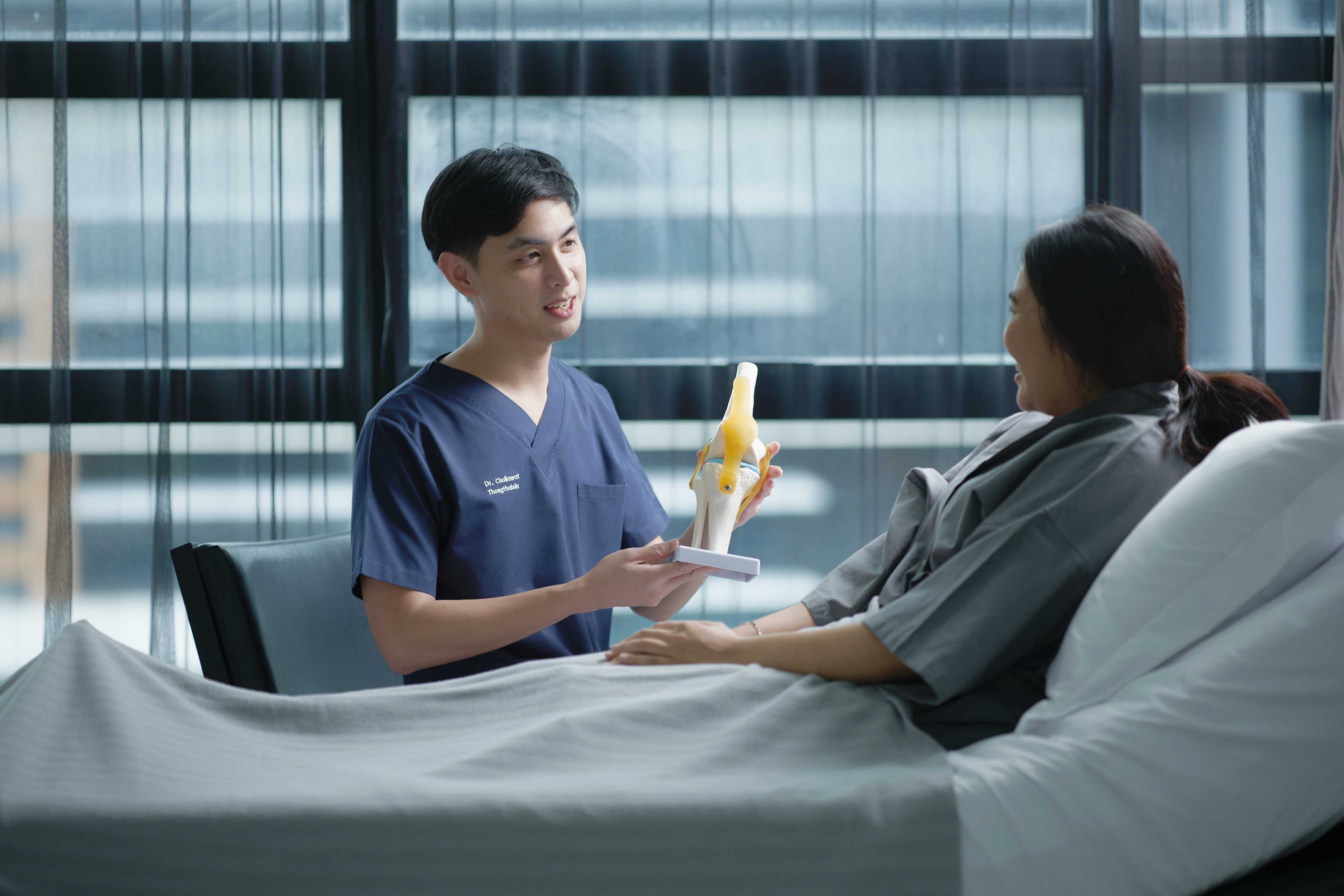

.jpg)
.jpg)

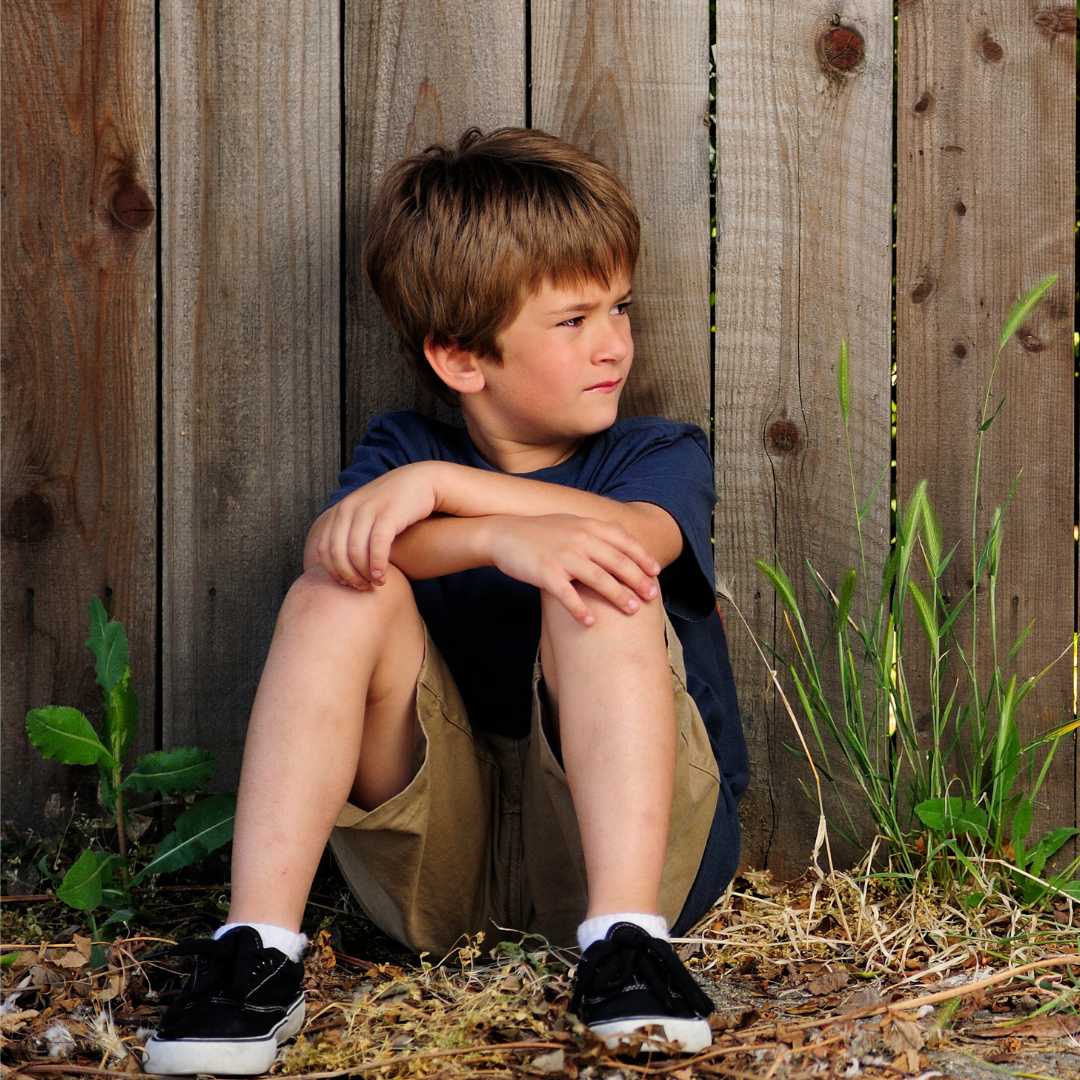
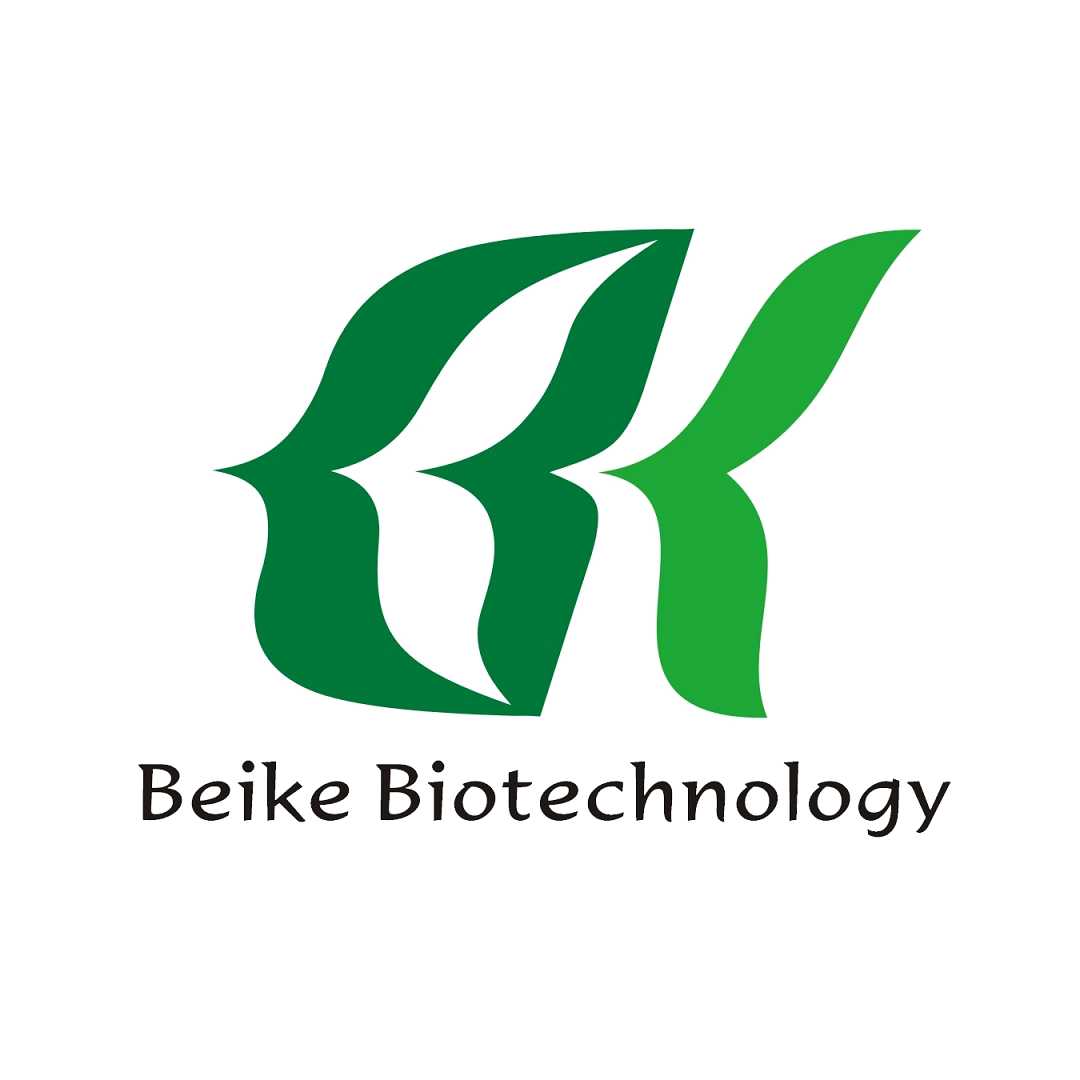

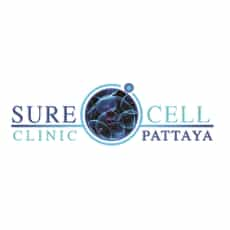
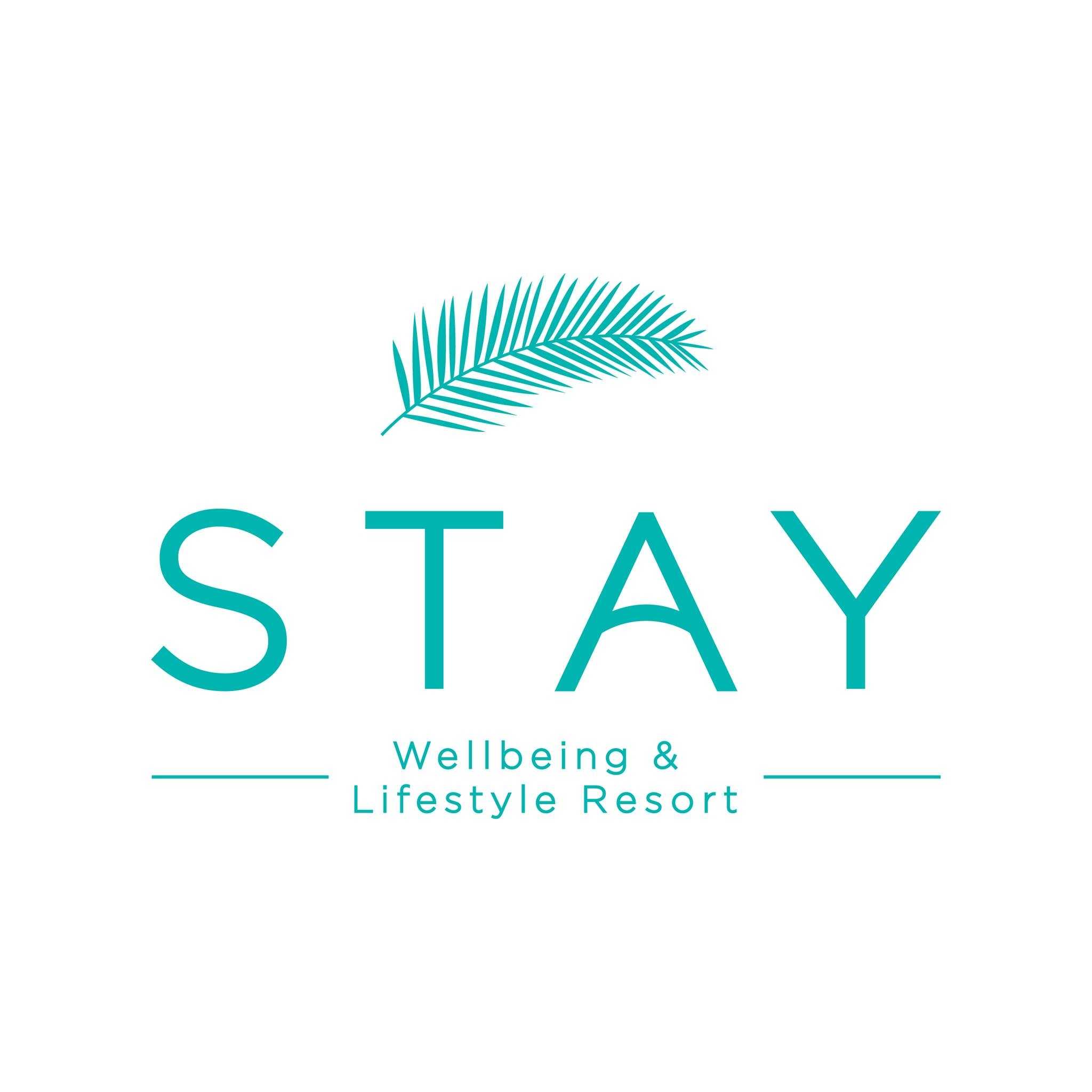
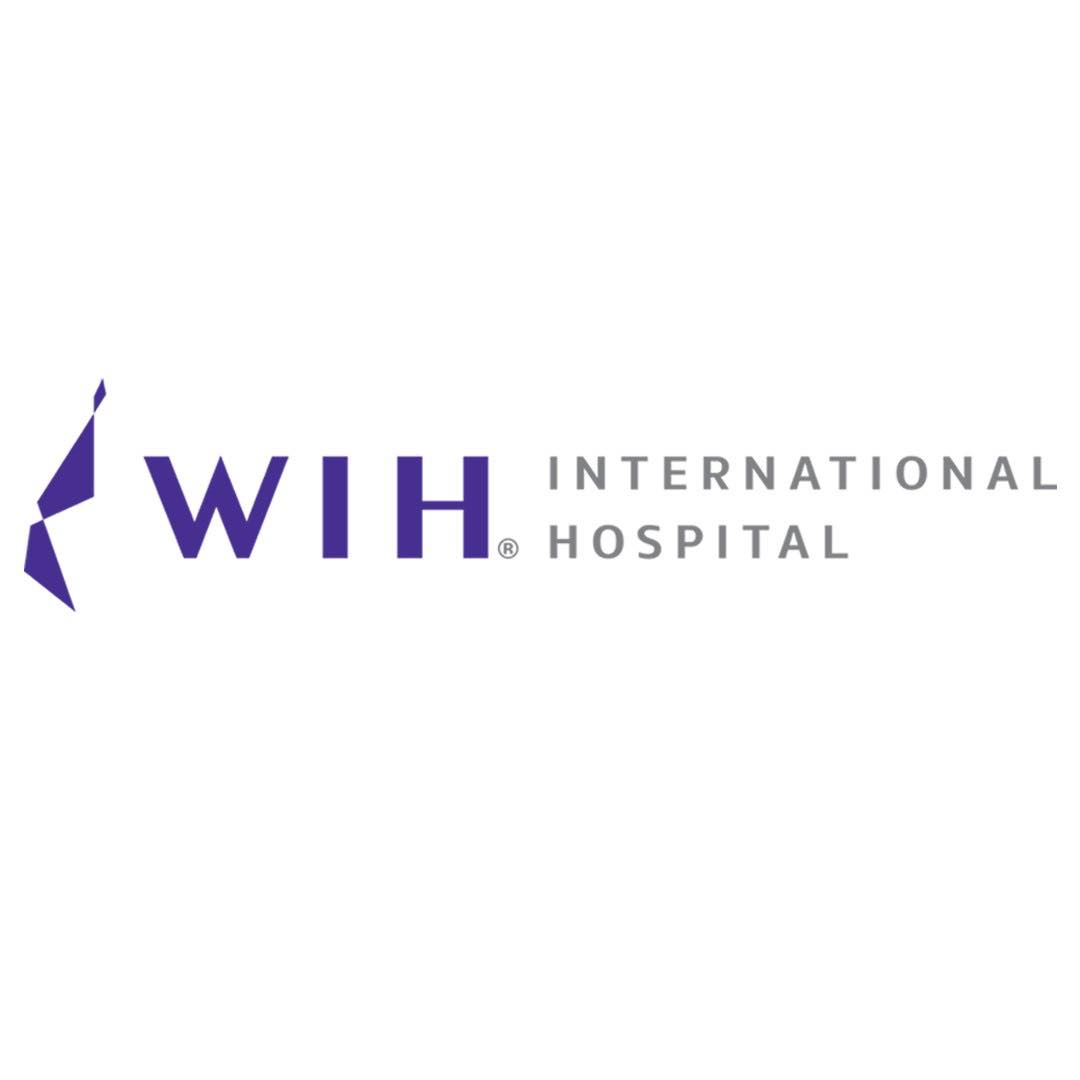

Share this listing